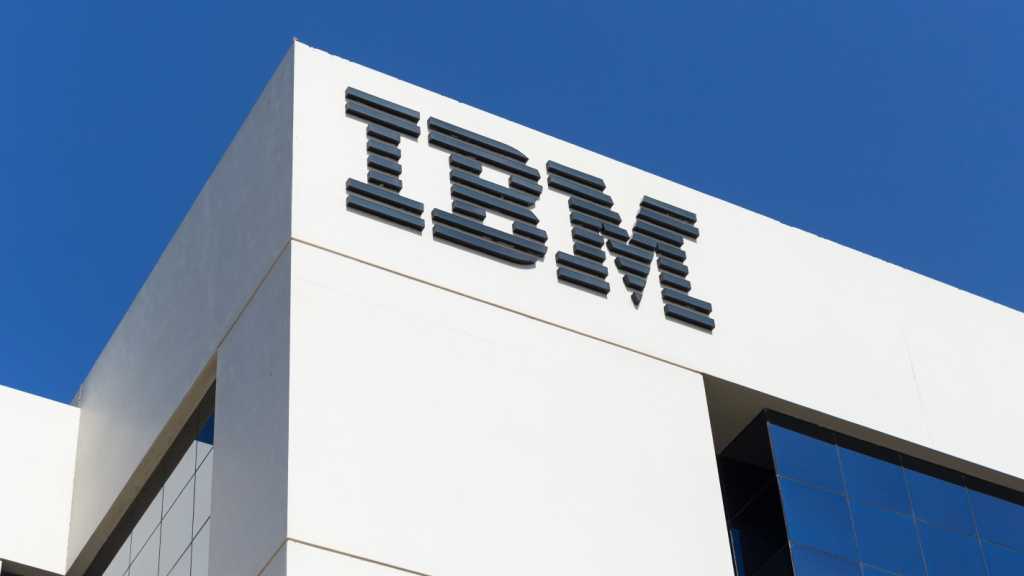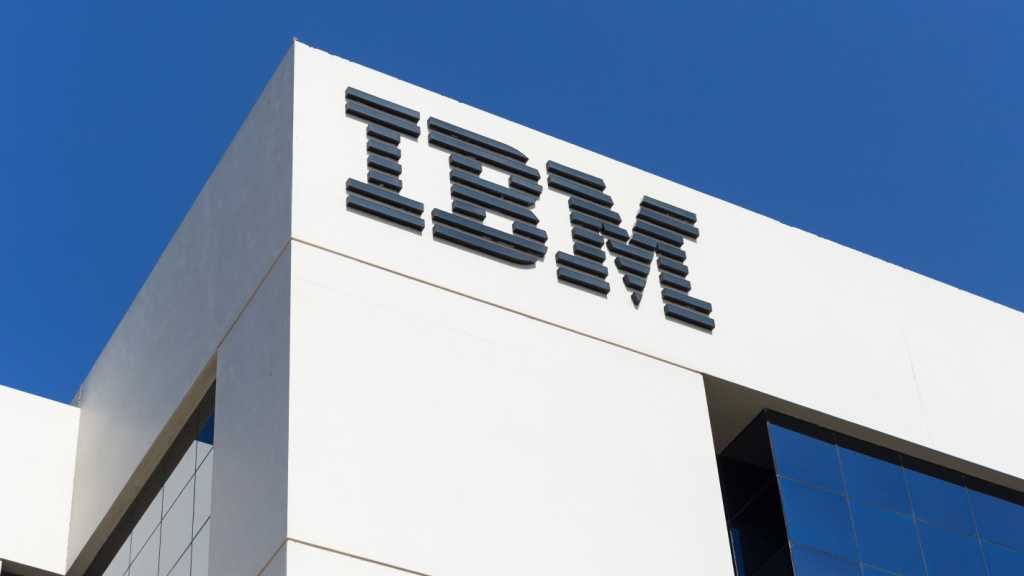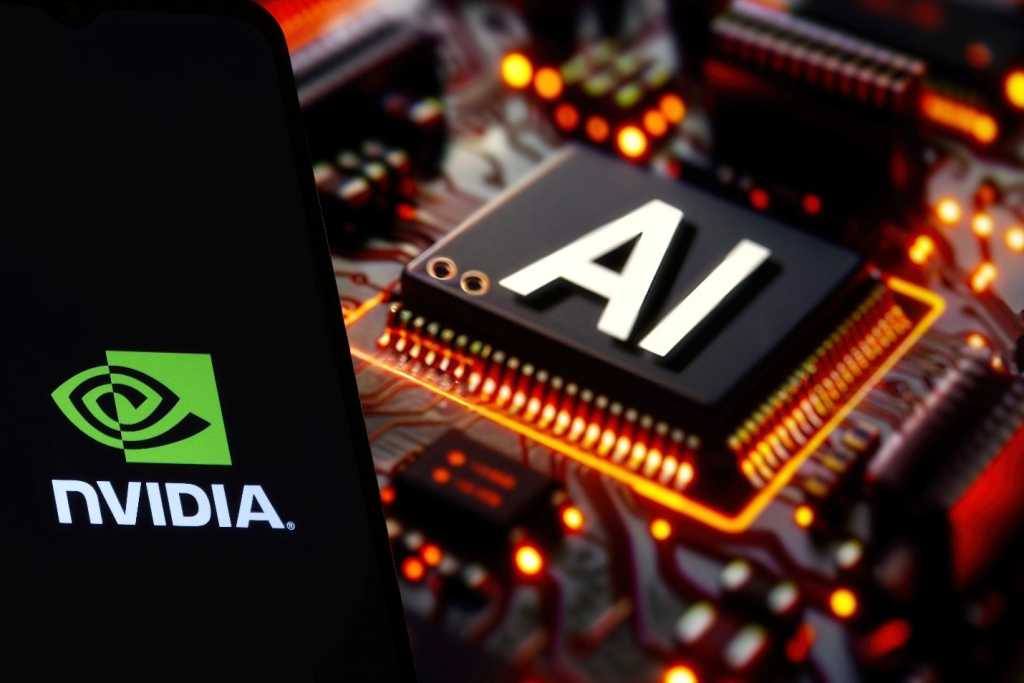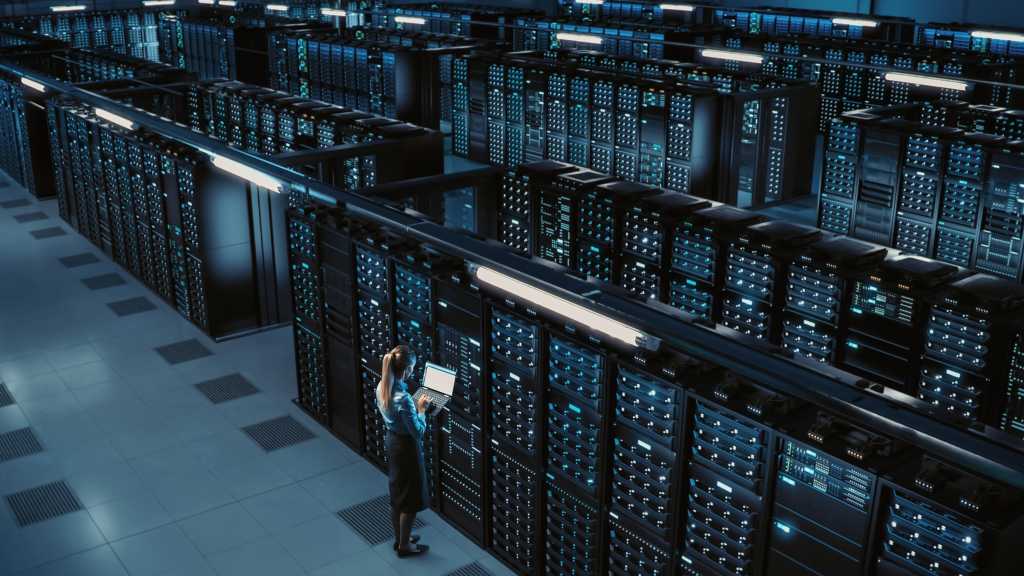Want smarter insights in your inbox? Sign up for our weekly newsletters to get only what matters to enterprise AI, data, and security leaders. Subscribe Now
Hugging Face, the $4.5 billion artificial intelligence platform that has become the GitHub of machine learning, announced Tuesday the launch of Reachy Mini, a $299 desktop robot designed to bring AI-powered robotics to millions of developers worldwide. The 11-inch humanoid companion represents the company’s boldest move yet to democratize robotics development and challenge the industry’s traditional closed-source, high-cost model.
The announcement comes as Hugging Face crosses a significant milestone of 10 million AI builders using its platform, with CEO Clément Delangue revealing in an exclusive interview that “more and more of them are building in relation to robotics.” The compact robot, which can sit on any desk next to a laptop, addresses what Delangue calls a fundamental barrier in robotics development: accessibility.
“One of the challenges with robotics is that you know you can’t just build on your laptop. You need to have some sort of robotics partner to help in your building, and most people won’t be able to buy $70,000 robots,” Delangue explained, referring to traditional industrial robotics systems and even newer humanoid robots like Tesla’s Optimus, which is expected to cost $20,000-$30,000.
How a software company is betting big on physical AI robots
Reachy Mini emerges from Hugging Face’s April acquisition of French robotics startup Pollen Robotics, marking the company’s most significant hardware expansion since its founding. The robot represents the first consumer product to integrate natively with the Hugging Face Hub, allowing developers to access thousands of pre-built AI models and share robotics applications through the platform’s “Spaces” feature.
The timing appears deliberate as the AI industry grapples with the next frontier: physical AI. While large language models have dominated the past two years, industry leaders increasingly believe that artificial intelligence will need physical embodiment to achieve human-level capabilities. Goldman Sachs projects the humanoid robotics market could reach $38 billion by 2035, while the World Economic Forum identifies robotics as a critical frontier technology for industrial operations.
“We’re seeing more and more people moving to robotics, which is extremely exciting,” Delangue said. “The idea is to really become the desktop, open-source robot for AI builders.”
Inside the $299 robot that could democratize AI development
Reachy Mini packs sophisticated capabilities into its compact form factor. The robot features six degrees of freedom in its moving head, full body rotation, animated antennas, a wide-angle camera, multiple microphones, and a 5-watt speaker. The wireless version includes a Raspberry Pi 5 computer and battery, making it fully autonomous.
The robot ships as a DIY kit and can be programmed in Python, with JavaScript and Scratch support planned. Pre-installed demonstration applications include face and hand tracking, smart companion features, and dancing moves. Developers can create and share new applications through Hugging Face’s Spaces platform, potentially creating what Delangue envisions as “thousands, tens of thousands, millions of apps.”
This approach contrasts sharply with traditional robotics companies that typically release one product annually with limited customization options. “We want to have a model where we release tons of things,” Delangue explained. “Maybe we’ll release 100 prototypes a year. Out of this 100 prototypes, maybe we’ll assemble only 10 ourselves… and maybe fully assembled, fully packaged, fully integrated with all the software stack, maybe there’s going to be just a couple of them.”
Why open source hardware might be the future of robotics
The launch represents a fascinating test of whether open-source principles can translate successfully to hardware businesses. Hugging Face plans to release all hardware designs, software, and assembly instructions as open source, allowing anyone to build their own version. The company monetizes through convenience, selling pre-assembled units to developers who prefer to pay rather than build from scratch.
“You try to share as much as possible to really empower the community,” Delangue explained. “There are people who, even if they have all the recipes open source to build their own Reachy Mini, would prefer to pay 300 bucks, 500 bucks, and get it already ready, or easy to assemble at home.”
This freemium approach for hardware echoes successful software models but faces unique challenges. Manufacturing costs, supply chain complexity, and physical distribution create constraints that don’t exist in pure software businesses. However, Delangue argues this creates valuable feedback loops: “You learn from the open source community about what they want to build, how they want to build, and you can reintegrate it into what you sell.”
The privacy challenge facing AI robots in your home
The move into robotics raises new questions about data privacy and security that don’t exist with purely digital AI systems. Robots equipped with cameras, microphones, and the ability to take physical actions in homes and workplaces create unprecedented privacy considerations.
Delangue positions open source as the solution to these concerns. “One of my personal motivations to do open source robotics is that I think it’s going to fight concentration of power… the natural tendency of creating black box robots that users don’t really understand or really control,” he said. “The idea of ending up in a world where just a few companies are controlling millions of robots that are in people’s homes, being able to take action in real life, is quite scary.”
The open-source approach allows users to inspect code, understand data flows, and potentially run AI models locally rather than relying on cloud services. For enterprise customers, Hugging Face’s existing enterprise platform could provide private deployment options for robotics applications.
From prototype to production: Hugging Face’s manufacturing gamble
Hugging Face faces significant manufacturing and scaling challenges as it transitions from a software platform to a hardware company. The company plans to begin shipping Reachy Mini units as early as next month, starting with more DIY-oriented versions where customers complete final assembly.
“The first versions, the first orders shipping will be a bit DIY, in the sense that we’ll split the weight of assembling with the user,” Delangue explained. “We’ll do some of the assembling ourselves, and then the user will be doing some of the assembling themselves too.”
This approach aligns with the company’s goal of engaging the AI builder community in hands-on robotics development while managing manufacturing complexity. The strategy also reflects uncertainty about market demand for the new product category.
Taking on Tesla and Boston Dynamics with radical transparency
Reachy Mini enters a rapidly evolving robotics landscape. Tesla’s Optimus program, Figure’s humanoid robots, and Boston Dynamics‘ commercial offerings represent the high-end of the market, while companies like Unitree have introduced more affordable humanoid robots at around $16,000.
Hugging Face’s approach differs fundamentally from these competitors. Rather than creating a single, highly capable robot, the company is building an ecosystem of affordable, modular, open-source robotics components. Previous releases include the SO-101 robotic arm (starting at $100) and plans for the HopeJR humanoid robot (around $3,000).
The strategy reflects broader trends in AI development, where open-source models from companies like Meta and smaller players have challenged closed-source leaders like OpenAI. In January, Chinese startup DeepSeek shocked the industry by releasing a powerful AI model developed at significantly lower cost than competing systems, demonstrating the potential for open-source approaches to disrupt established players.
Building an ecosystem: The partnerships powering open robotics
Hugging Face’s robotics expansion benefits from strategic partnerships across the industry. The company collaborates with NVIDIA on robotics simulation and training through Isaac Lab, enabling developers to generate synthetic training data and test robot behaviors in virtual environments before deployment.
The recent release of SmolVLA, a 450-million parameter vision-language-action model, demonstrates the technical foundation underlying Reachy Mini. The model is designed to be efficient enough to run on consumer hardware, including MacBooks, making sophisticated AI capabilities accessible to individual developers rather than requiring expensive cloud infrastructure.
Physical Intelligence, a startup co-founded by UC Berkeley professor Sergey Levine, has made its Pi0 robot foundation model available through Hugging Face, creating opportunities for cross-pollination between different robotics approaches. “Making robotics more accessible increases the velocity with which technology advances,” Levine noted in previous statements about open-source robotics.
What a $299 robot means for the billion-dollar AI hardware race
The Reachy Mini launch signals Hugging Face’s ambition to become the dominant platform for AI development across all modalities, not just text and image generation. With robotics representing a potential $38 billion market by 2035, according to Goldman Sachs projections, early platform positioning could prove strategically valuable.
Delangue envisions a future where hardware becomes an integral part of AI development workflows. “We see hardware as part of the AI builder building blocks,” he explained. “Always with our approach of being open, being community driven, integrating everything with as many community members, as many other organizations as possible.”
The company’s financial position provides flexibility to experiment with hardware business models. As a profitable company with significant funding, Hugging Face can afford to prioritize market development over immediate revenue optimization. Delangue mentioned potential subscription models where Hugging Face platform access could include hardware components, similar to how some software companies bundle services.
How affordable robots could transform education and research
Beyond commercial applications, Reachy Mini could significantly impact robotics education and research. At $299, the robot costs less than many smartphones while providing full programmability and AI integration. Universities, coding bootcamps, and individual learners could use the platform to explore robotics concepts without requiring expensive laboratory equipment.
The open-source nature enables educational institutions to modify hardware and software to suit specific curricula. Students could progress from basic programming exercises to sophisticated AI applications using the same platform, potentially accelerating robotics education and workforce development.
Delangue revealed that community feedback has already influenced product development. A colleague’s five-year-old daughter wanted to carry the robot around the house, leading to the development of the wireless version. “She started to want to take the Reachy Mini and bring it everywhere. That’s when the wires started to be a problem,” he explained.
The disruption that could reshape the entire robotics industry
Hugging Face’s approach could fundamentally alter robotics industry dynamics. Traditional robotics companies invest heavily in proprietary technology, limiting innovation to internal teams. The open-source model could unlock distributed innovation across thousands of developers, potentially accelerating advancement while reducing costs.
The strategy mirrors successful disruptions in other technology sectors. Linux challenged proprietary operating systems, Android democratized mobile development, and TensorFlow accelerated machine learning adoption. If successful, Hugging Face’s robotics platform could follow a similar trajectory.
However, hardware presents unique challenges compared to software. Manufacturing quality control, supply chain management, and physical safety requirements create complexity that doesn’t exist in purely digital products. The company’s ability to manage these challenges while maintaining its open-source philosophy will determine the platform’s long-term success.
Whether Reachy Mini succeeds or fails, its launch marks a pivotal moment in robotics development. For the first time, a major AI platform is betting that the future of robotics belongs not in corporate research labs, but in the hands of millions of individual developers armed with affordable, open-source tools. In an industry long dominated by secrecy and six-figure price tags, that might just be the most revolutionary idea of all.
Daily insights on business use cases with VB Daily
If you want to impress your boss, VB Daily has you covered. We give you the inside scoop on what companies are doing with generative AI, from regulatory shifts to practical deployments, so you can share insights for maximum ROI.
Read our Privacy Policy
Thanks for subscribing. Check out more VB newsletters here.
An error occured.





















